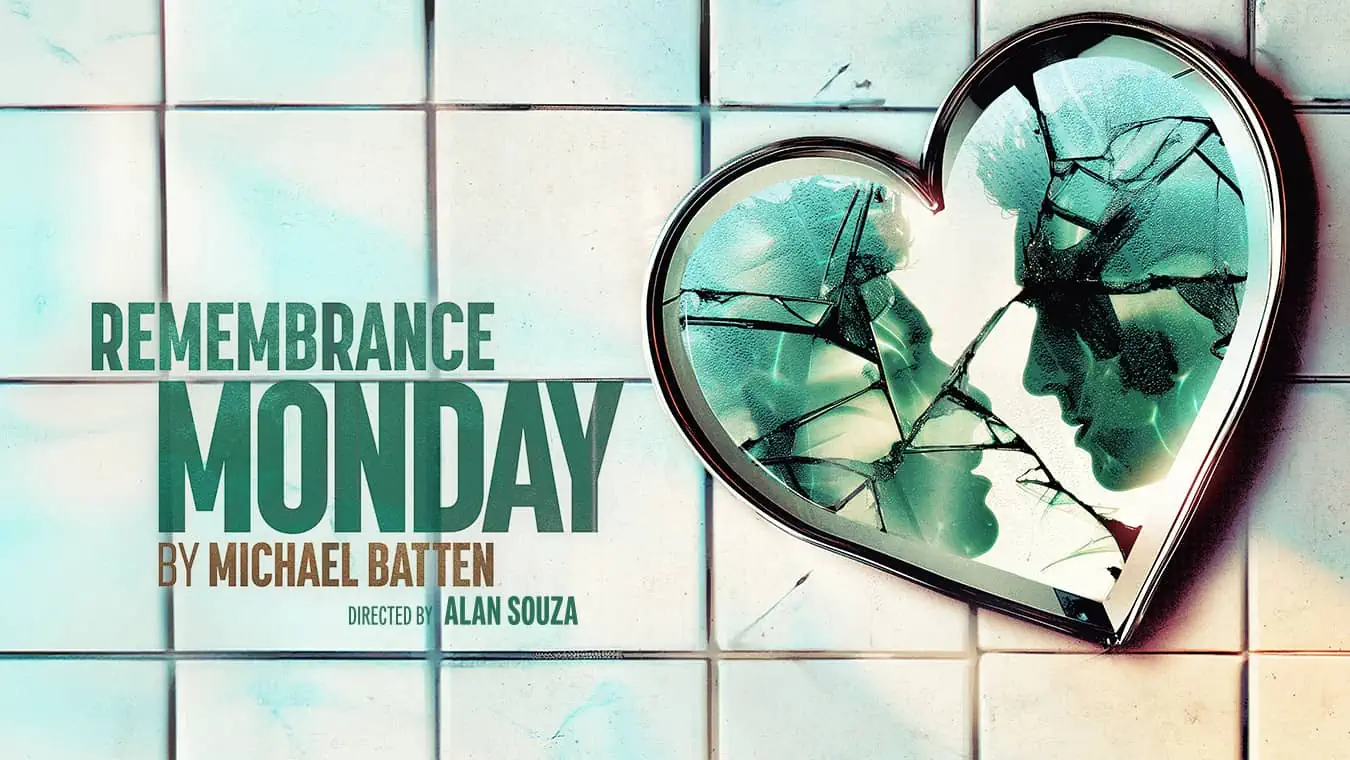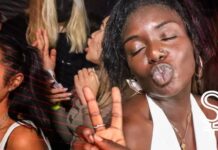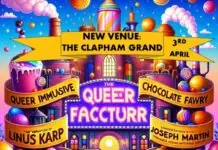Anyone who regularly frequents the London drag cabaret scene will know that it is bursting with creativity, talent and diversity. Many of the people who make up the scene are from varying cultures and backgrounds and all of them intermingle freely week in and week out. This week Jason Reid spoke to four artists who make up London’s multicultural world of drag….
SON OF A TUTU
I was born in East London in the late 60’s to Nigerian parents; raised in Nigeria from mid 70’s through to the end of the 80’s. There was no scene there when I was growing up. My salvation was music and television: Danny LaRue, Dick Emery, Geraldine, David Bowie and Boy George to mention a few. I returned to London to blossom for the first part of the 90’s before heading to America, until once again returning to London in 2003. I’ve been busy!
It will be five years in June (the day I won Drag Idol) since I became a professional drag artist. When I first came onto the London drag scene – apart from a few pioneering acts such as Sandra and Lucia and Zsarday – there were hardly any ethnic girls representing. Thankfully that has now changed due to: the growing middle class within the ethnic communities in the UK: the proliferation of on-scene talent competitions including Drag Idol: and RuPaul who has lit a fuse under the millennials. Thank God.
“There was no scene there when I was growing up.”
The character of Tutu is a middle-aged Nigerian woman who maintains that as she draws her energy from the sun (not the newspaper), she has the right to live wherever it shines. This core belief shapes the way she walks, talks, observes life and transmits her brand of entertainment.
London is a great melting pot of people, ideas and experiences which together combine to provide a great platform for varied and dynamic forms of expression through art and other mediums. I feel lucky to call it my home.
VIRGIN XTRAVAGANZAH
My first impressions of London were very good. I came here in 2004 to study acting at Guildhall School of Music and Drama. As soon as I found the cabaret world I felt I could just be myself. It was so accepting, open, and creative. At first I was given a few opportunities from Holestar, Meth and George Antony who ran the Black Cap in those days.
By and large, the initial reactions to Virgin were incredibly positive. I feel this was due to the fact that for the first time I felt like I was able, and encouraged, to do what I wanted to do by the cabaret community, as opposed to try to fit into a mould that didn’t accommodate or find value in my individuality, which is how I felt as an actor.
“Virgin is based on the stereotypical white American ‘valley-girl’”
My background and culture has a big impact on my art. I’m from the west coast of America, born in California and moved to Oregon when I was five. Virgin is based on the stereotypical white American ‘valley-girl’ as a modern-day incarnation of the Virgin Mary. Putting this cultural background on an iconic religious figure is absurd, but to then place the character in London means it’s completely out of context, and this element of isolation, and apparent displacement is a lot of the fuel for Virgin’s comedy.
London is a cultural melting pot, and this means that artists from all different backgrounds can thrive here; it’s what makes the London art scene great. Let’s hope gentrification doesn’t take that away! In the context of the London cabaret scene, the city’s multiculturalism aids me in the fact that Virgin is celebrated for her being culturally different here, which wouldn’t necessarily happen in other art genres. It also means that as an artist, I am constantly surrounded by different cultures and people I would never get to interact with where I am from originally, so this is a huge source of inspiration for me as an artist.
SHAKONDDA
I moved from Brazil to London in 2015 to study Musical Theatre. My first impressions of London; a city that has the A to Z of cabaret: all tastes, all levels of naughty, commercial, comedy, in all sorts of places. People pay to see artists, too. Diversity and money are the main reasons I am here. I think paying the artist means showing respect to the profession.
I’ve had good and bad experiences adapting. There were moments when I couldn’t understand the English very well; hearing accents I had never heard before in a noisy environment, which then made me feel insecure. The hardest thing for me to deal with is the fact that I didn’t grow up here so I don’t have the cultural references that other queens have, so instead I make my show about the cultural shock, the clash between my culture and London culture. People often ask me “how come you don’t know this and that?”, and I have to remind them that I didn’t grow up here. However there are lots of things that I know and British queens don’t, so I just play with that instead of trying to compete in a field that I know I’ll have a major disadvantage in if I try to be like everyone else.
“I decided to create a character that had all the Brazilian stereotypes in one person.”
The first female drag artist I saw was Holestar. I remember thinking, “oh my God, I’d love to do that too”. Also the girls from Family Fierce, and amazing drag kings like LoUis CYfer. I think most people in the business are very open and receptive to female drag performers, but I was shocked to find out there is misogyny on the gay scene, but it’s certainly not in the majority. I think lots of people come to London from other countries with this idea that it’s a very forward thinking place, and that is true, but not all is rosy. I remember meeting a brown-skinned gay man who was a UKIP supporter, and that really opened my eyes and made me understand that things are not black and white, no pun intended.
The idea behind Shakondda’s creation was initially a form of therapy and reaction to perceived ideas of what Brazil is. I was tired of hearing the same comments regarding what was expected from me as a Brazilian girl. My first reaction was to be angry, but then I started thinking about it creatively and I decided to create a character that had all the Brazilian stereotypes in one person: football, coffee, City of God, carnival, banana, jungle, supermodels and so on.
ASIFA LAHORE
I have been a cabaret artist for five years. I’m a British Pakistani, and I spent my childhood living in both London and Lahore. When I entered the drag scene I was overwhelmed and excited by the wealth of variety. I wondered where I’d fit in. I entered Drag Idol in 2012 and my act divided opinions from the word go; there were those who thought I was original and amazing and then others who took the opinion that I was offensive. As a Muslim, coming on to the stage wearing a burkha in Drag Idol was controversial. Even then a gay Muslim was a contradiction. No one had done this type of performance before and many didn’t know how to take it. I had to jump through quite a few hoops so that people got what it was about.
“As a British Pakistani artist I have a responsibility to my culture.”
Representing my culture then (and now) is very important to me. And if I hadn’t done so, it would’ve been highlighted, due to my very obvious Asian aesthetic. I made a conscious decision to focus on it from the very beginning.
Sadly there’s still a shortage Asian drag artists coming through, however I’m confident it will happen, and I always try to mentor and encourage those who want to take the leap. Personally, I think I found it easier because I’m so grounded in my Britishness. Being able to get the balance between the two is an important factor in breaking through to the mainstream.
London allows me to be free. Free to self-express and free to be visible. I don’t have to censor myself and I’m grateful for that. Eventually I think attitudes will change in Pakistan, but not anytime soon. As a British Pakistani artist I have a responsibility to my culture, especially to those who don’t have the freedoms and rights that I have.















